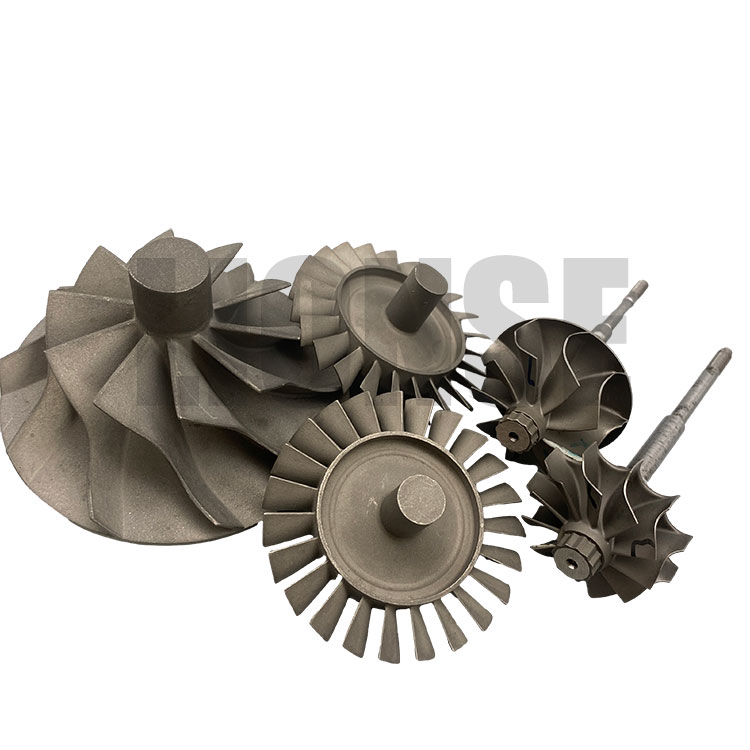What are the defects of titanium casting?
2024-04-20
Titanium casting, like any other casting process, can be prone to various defects that may affect the quality and integrity of the final product. Some common defects encountered in titanium casting include:

1. Porosity: Porosity refers to the presence of voids or trapped gas bubbles within the casting. This defect can weaken the structure and compromise the integrity of the part. Porosity can occur due to inadequate venting, improper gating design, or excessive turbulence during pouring.
2. Inclusions: Inclusions are foreign particles or impurities that become trapped in the casting during the pouring process. They can result from contaminants in the mold material, inadequate cleaning of the molten metal, or improper handling of the raw materials.
3. Shrinkage: Shrinkage defects occur when the casting solidifies before completely filling the mold cavity or when the metal contracts as it cools, leading to voids or gaps in the casting. Proper gating and riser design, as well as careful control of cooling rates, can help minimize shrinkage defects.
4. Cracks: Cracks can form in the casting due to thermal stresses, improper cooling, or inadequate design considerations. These defects can significantly weaken the part and may lead to catastrophic failure under load. Preheating the mold, controlling cooling rates, and optimizing part geometry can help prevent cracking.
5. Surface defects: Surface defects such as roughness, pits, or surface distortion can occur during the casting process due to mold erosion, insufficient mold surface finish, or poor mold alignment. These defects can affect the aesthetics and functionality of the part and may require additional finishing processes to correct.
6. Misruns and cold shuts: Misruns occur when the molten metal fails to completely fill the mold cavity, resulting in incomplete castings. Cold shuts occur when two streams of molten metal fail to fuse together properly, leaving a line of weakness in the casting. Proper gating and riser design, as well as careful control of pouring parameters, can help prevent these defects.
7. Warping: Warping or distortion of the casting can occur during cooling or solidification due to uneven cooling rates or residual stresses in the material. Proper cooling and post-casting heat treatment processes can help minimize warping and distortion.
To minimize these defects, it's essential to carefully control the casting process parameters, use high-quality raw materials, maintain clean and properly prepared molds, and employ appropriate quality control measures throughout the production process. Regular inspection and testing of castings can help identify and address any defects before they affect the final product's performance.


